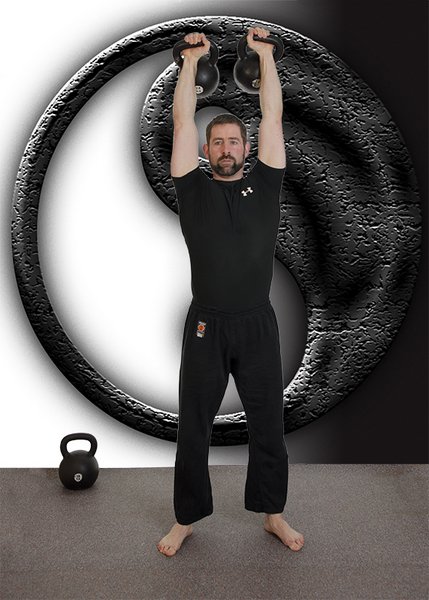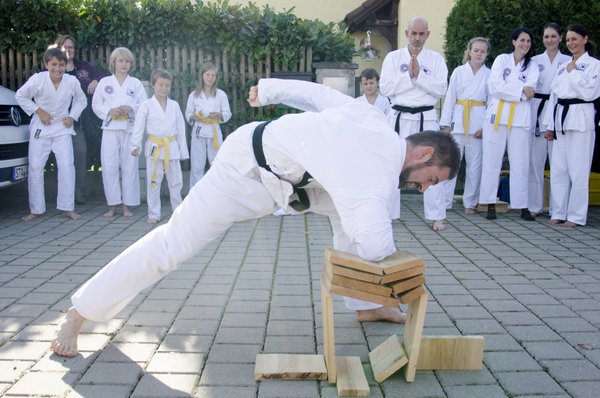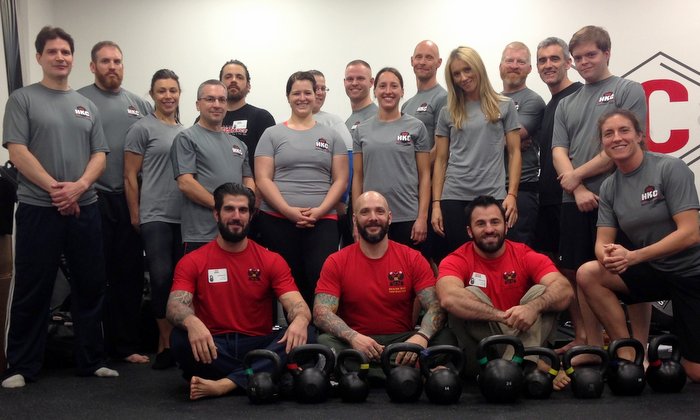
Winning at video games like Street Fighter or Mortal Kombat is all about performing well executed combinations. Linking up the right sequence of punches and kicks can get you that perfect score or a flawless victory.
The same can be said for combining strength training systems. In November, I taught the DVRT Ultimate Sandbag Training Level 1 Certification and Dragon Door’s HKC Hardstyle Kettlebell Certification over the course of one weekend. I have spoken before about how DVRT (Dynamic Variable Resistance Training) and HKC/RKC strengthen and support each other. Well, this powerhouse certification combination delivered the perfect blend of education and hands-on application that lead to a flawless victory—everyone passed on the day of the HKC. That’s right, we had a 100% pass rate for the HKC.
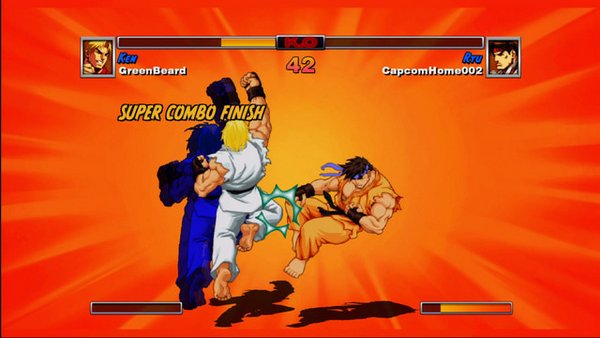
Isn’t that what we all want? We are all trying to find the very best strategies to fully unlock our own potential.
How did the 100% pass rate at this HKC happen?
Honestly, the DVRT (Dynamic Variable Resistance Training) Level I certification set everyone up for success at the HKC. Often mistaken as just a “sandbag” certification, DVRT Ultimate Sandbag Training is a well-rounded system of coaching, progression, and regression of movement. Though the USB (Ultimate Sandbag) is our main line of offense, the DVRT system can be integrated with any implement. Obtaining quality movement is at the core of DVRT. We dig deep into hinging, squatting, pressing and lunging patterns throughout the day. We also teach important factors of stability, optimal breathing and how to create tension in great detail.
You might THINK you know these movements, but the DVRT attacks from a whole new position that both excites and challenges the students.
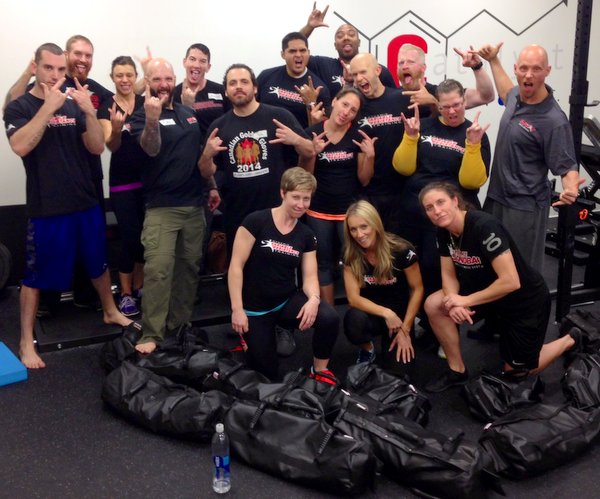
And what most people don’t realize is that the DVRT cert is very physically challenging! The clean and push press test is no joke. Hopefully, people come to the DVRT having trained harder than they might have for an HKC. It’s hard to fail when you are strong and have excellent technique. By day two, all of the candidates were ready to kick HKC butt—and kick it they did!
At the HKC, we cover the kettlebell swing, goblet squat and Turkish get-up in great detail. Candidates are also tested on how well they coach these movements. We dig deeply into many drills which help people learn and troubleshoot the lifts. Much of this information reinforces what we taught at the DVRT. At the HKC the next day, the participants were able to soak in the knowledge then apply it—instead of just hitting a wall or feeling like their central nervous systems were fried.
Just like any video game, to really win you must pick the right characters for your team. I picked a group of awesome characters perfect for the job. Fellow Master DVRTs James Newman and Gavin Van Vlack and DVRT-II Hannah Fons are exceptional coaches I’ve worked with several times in the past. They NEVER disappoint, and have brought so much value and experience to the DVRT cert.
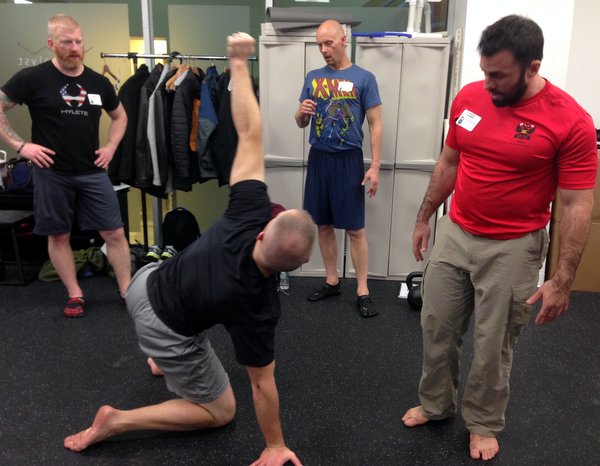
For the HKC team, RKCs Jason Kapnick and Joe Boffi are also stellar when it comes to kettlebell training (among their many other skill sets). They also happen to be partners at the host facility (along with the awesome Dr. Kathy Dooley) Catalyst S.P.O.R.T.
So where am I going with this?
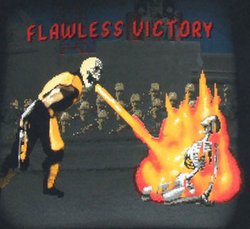 In a time when we are bombarded with fitness trends and certification chasing, it is easy to just “mash buttons” like you would on a video game controller. But, those button mashers usually don’t do too well in the long haul. The smart player, or strength coach, learns how the system works inside and out and then destroys his opponent. DVRT and HKC/RKC are for those that want to be the skilled player. That’s how you earn a flawless victory!
In a time when we are bombarded with fitness trends and certification chasing, it is easy to just “mash buttons” like you would on a video game controller. But, those button mashers usually don’t do too well in the long haul. The smart player, or strength coach, learns how the system works inside and out and then destroys his opponent. DVRT and HKC/RKC are for those that want to be the skilled player. That’s how you earn a flawless victory!
There are many DVRT/HKC Combos in the works.
Now there’s an added bonus if you have the RKC in your sights. Certified HKC instructors will receive an immediate, extra $200.00 discount when they register for a future RKC workshop.
If you are a current HKC Instructor in good standing, receive this immediate, extra discount on an upcoming RKC workshop by simply logging into your account on DragonDoor.com. After adding an RKC Workshop of your choice to your cart, enter the following Promo Code at checkout: HKCSPECIAL
Upcoming DVRT/HKC Workshops:
Onelife Fitness. Kansas City, MO. March 21-22.
DVRT/HKC: http://www.dragondoor.com/workshops/details/dvhk005/
DVRT Only: http://www.dragondoor.com/workshops/details/dvrt005/
HKC Only: http://www.dragondoor.com/workshops/details/hkc369/
Quest Fitness. Guilford, CT. May 16-17.
*Registration opens next week.
Catalyst S.P.O.R.T. New York, NY. November 7-8.
DVRT/HKC: http://www.dragondoor.com/workshops/details/dvhk006/
DVRT Only: http://www.dragondoor.com/workshops/details/dvrt006/
HKC Only: http://www.dragondoor.com/workshops/details/hkc377/
Yours in strength and fury,
-Fury out
Steve “Coach Fury” Holiner, DVRT Master Instructor, Senior RKC, is a proud member of the Ninja Army training staff at Mark Fisher Fitness in NYC. Fury is available for classes, semi-privates, instructor training and programming at MFF. He also has availability for private training at Five Points Academy and Catalyst S.P.O.R.T. Check out www.coachfury.com, facebook.com/coachfury and Twitter @coachfury for more info.
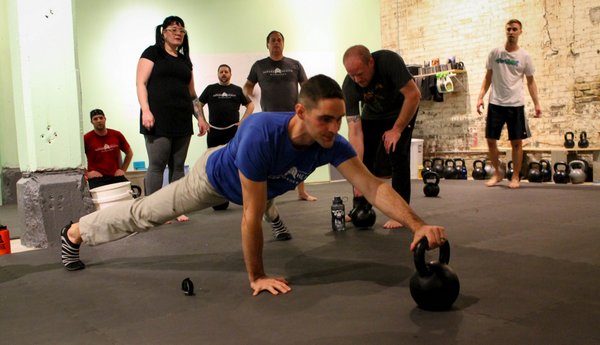
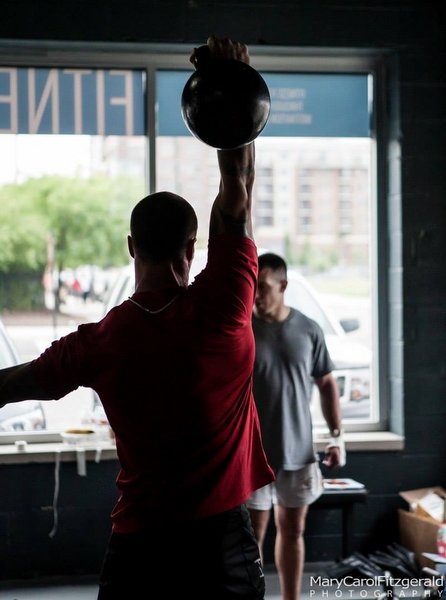
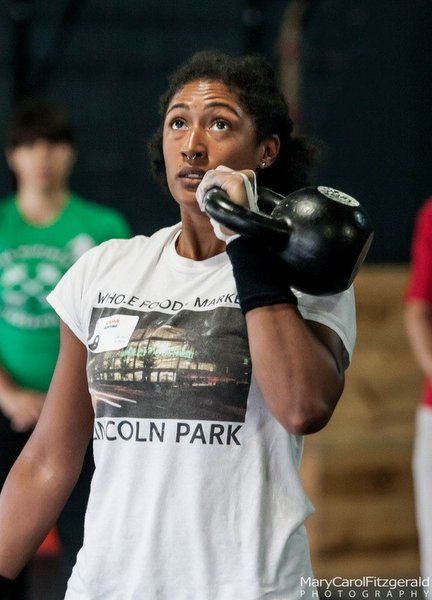
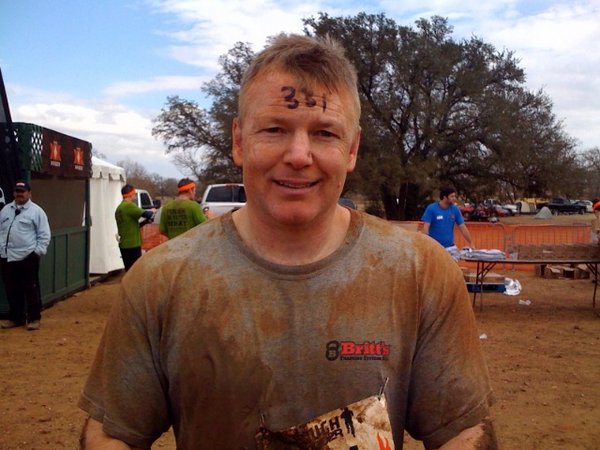
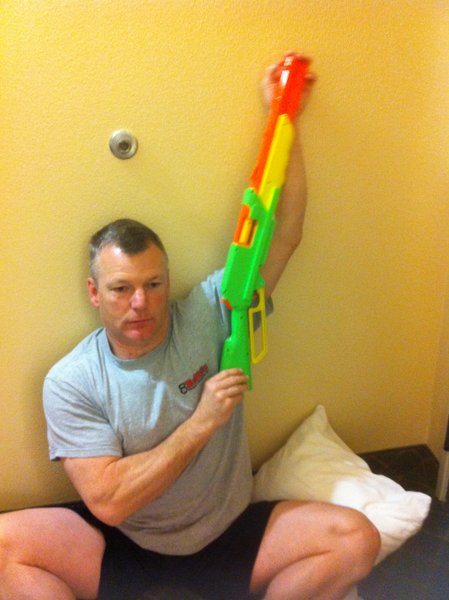
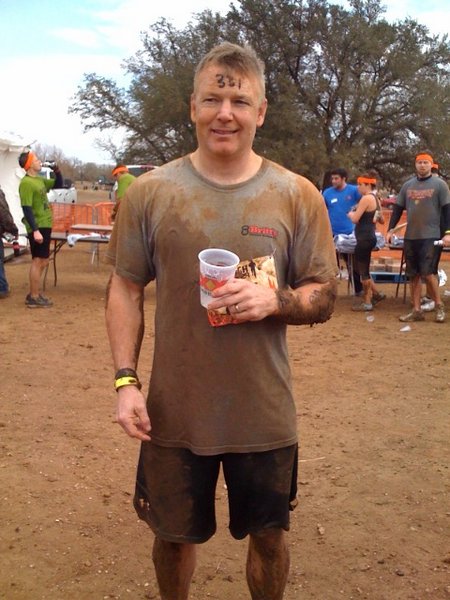
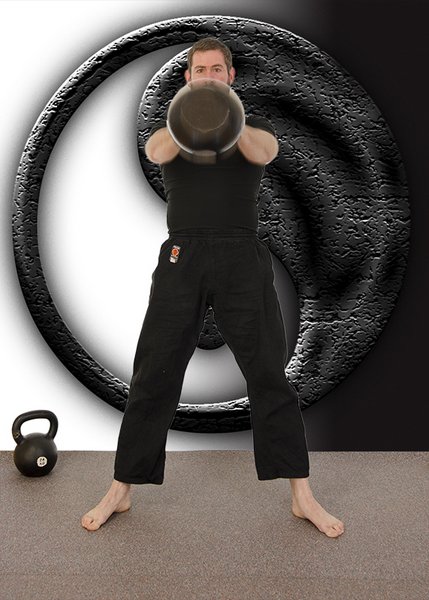 I was introduced to this term years ago when I worked as an IT Consultant for a German automotive supplier. I learned that it was this ancient Japanese concept that transformed Toyota from a small and inefficient car manufacturer into the de facto worldwide industry leader in production efficiency and accuracy. Today virtually all major car manufacturers use the Just in Time concepts invented by Toyota to produce their products. These concepts can save tons of money in production costs while maximizing quality at the same time.
I was introduced to this term years ago when I worked as an IT Consultant for a German automotive supplier. I learned that it was this ancient Japanese concept that transformed Toyota from a small and inefficient car manufacturer into the de facto worldwide industry leader in production efficiency and accuracy. Today virtually all major car manufacturers use the Just in Time concepts invented by Toyota to produce their products. These concepts can save tons of money in production costs while maximizing quality at the same time.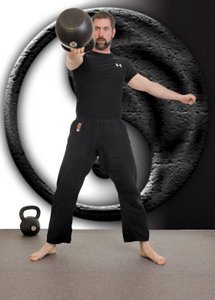 Kaizen and the Hardstyle Kettlebell
Kaizen and the Hardstyle Kettlebell